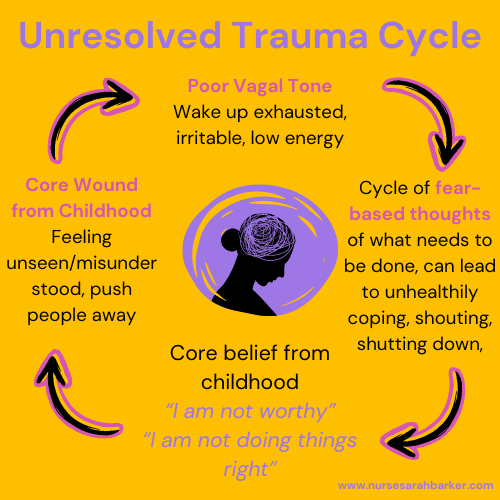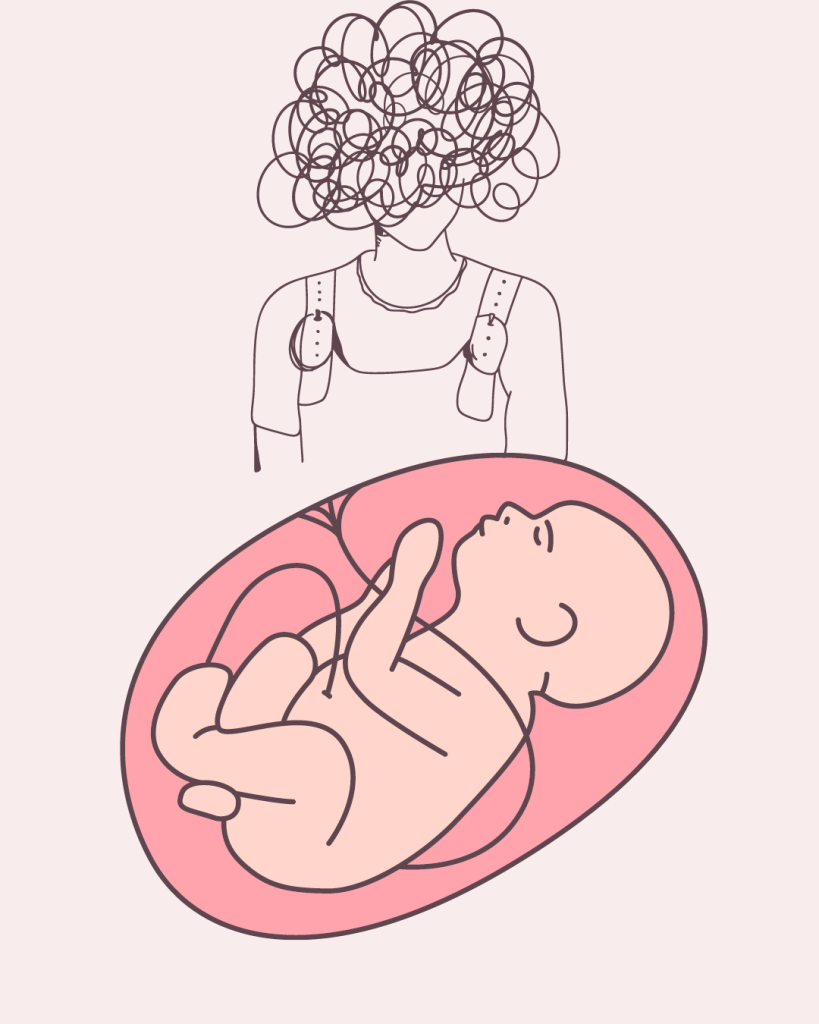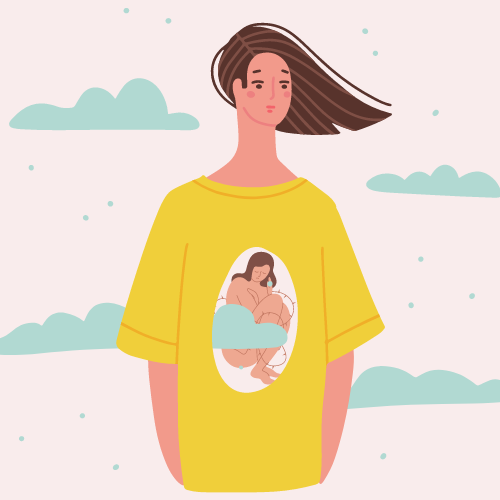Attachment Trauma is also known as attachment injuries, attachment wounds or wounding.
In traumatic situations, people are pushed beyond the limits of their mental and physical capacity. These events trigger a strong stress reaction and may lead to serious psychological and physical illnesses such as post-traumatic stress disorder (PTSD).
Attachment Trauma can be experienced as a result of what didn’t happen as much as what did happen to us.
Attachment Trauma causes feelings of powerlessness, helplessness, and instability. Past wounds affect our present, making us feel insecure and disconnected. It hinders our relationships and keeps us from being fully present.
The effects of Attachment Trauma

Physical symptoms such as tightness in the body, muscle tension, constrictions around the breath.
Emotional symptoms such as flatness / inability to feel, impulsivity, fear, anxiety, panic, depression, overwhelm, loss of choice, difficulty feeling comforted, anger, and shame. Challenge identifying or expressing feelings and needs.
Psychological symptoms such as dissociation, mental rumination, low self worth, rigid or loose boundaries, negative self talk, self blame, depression, challenges in actioning goals, and loss of joy.
Relational / social symptoms such as isolation, loneliness, avoidance, lack of fulfillment, unintentional attraction to red flags, challenges with communication, trust and intimacy.
How does attachment trauma start
If nobody was around to catch us when we fell or to wipe our tears when we were upset, this can leave a wound that we never realised was there until it starts to flare up.
During gestation, the fetus reacts to the parents’ physiological responses, particularly their ability to handle stressors in their environment.

Childhood attachment trauma
Childhood experiences play a crucial role in shaping our emotional intelligence and how we navigate future relationships. Our early interactions with parents, caregivers, and peers lay the foundation for how we perceive and respond to others in the future. For example, children who grow up in a supportive and loving environment are more likely to develop secure attachment styles and have healthier relationships as adults.
On the other hand, those who experience neglect, abuse, or instability during their formative years may struggle with trust, intimacy, and communication in their relationships later on. These early experiences can create patterns of behaviour that are difficult to break without awareness and intervention. It is essential to recognise the impact of childhood experiences on our emotional well-being so that we can work towards healing and growth in our relationships.
Moreover, childhood experiences not only affect our romantic relationships but also impact our friendships, family dynamics, and professional interactions. The way we learned to relate to others as children can influence how we handle conflict, express our needs, and set boundaries in all areas of our lives. By reflecting on our past experiences and seeking support when needed, we can strengthen our emotional intelligence and create more fulfilling and healthy relationships in the present and future. Ultimately, understanding the connection between our childhood and our adult relationships empowers us to make positive changes and break free from harmful patterns that no longer serve us.
Childhood should be a time of innocence, discovery, and growth. However, for some, childhood memories are tainted by trauma, leaving emotional scars that persist into adulthood and impact their ability to navigate adult relationships.
During critical stages of a child’s development, if there is a lack of consistent attention, attunement, co-regulation, or responsiveness to the child’s needs.
Transgenerationally passed down.
From the loss of a loved one.
When our primal protective instincts, intuitions, and responses are thwarted.
When relational bonds have been ruptured and there is not enough time, space, or capacity to heal/ repair the rupture.
When there is too much stimulus too soon- in the hospital, home, environment, or socal-cultural setting.
Other traumas that break the vital connection for example:
Traumatic bonding happens when we are in an abusive relationship but feel unable to leave. We hold onto a promised better future, focus on the positives and ignore the rest, and feel a sense of loyalty to the person everyone else says we must leave.
Feeling our bodies or embodiment can help us to address this trauma response.



